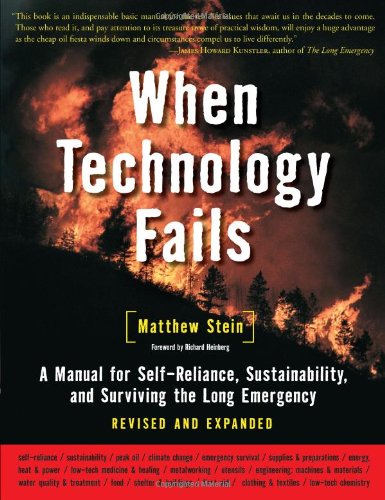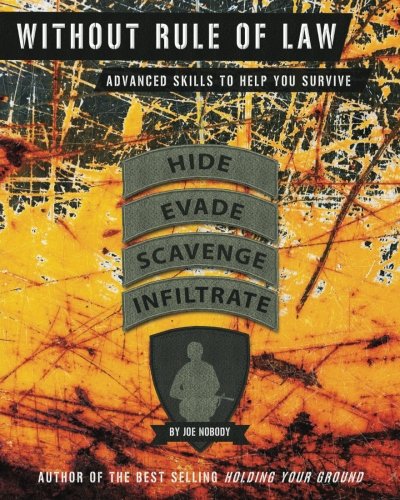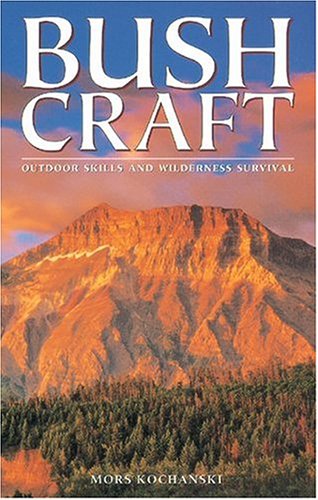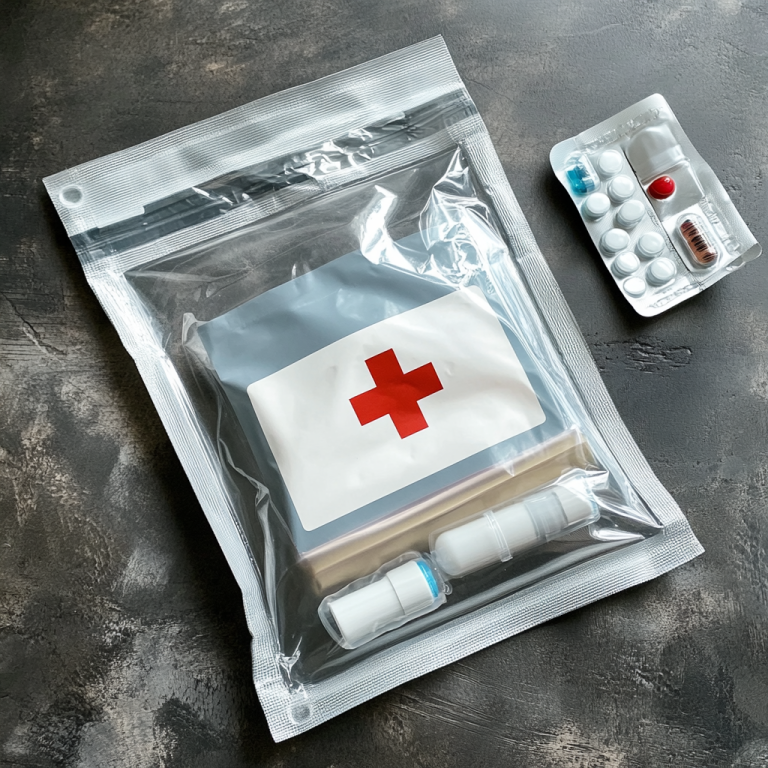
There’s never been a better time to “be prepared.” Matthew Stein’s comprehensive primer on sustainable living skills–from food and water to shelter and energy to first-aid and crisis-management skills–prepares you to embark on the path toward sustainability. But unlike any other book, Stein not only shows you how to live “green” in seemingly stable times, but to live in the face of potential disasters, lasting days or years, coming in the form of social upheaval, economic meltdown, or environm
When Technology Fails (Revised & Expanded): A Manual for Self-Reliance, Sustainability, and Surviving the Long Emergency




















A good read for the wary –,
This is a great book about preparing for short-term societal or environmental crises – how to conserve water when the water’s not running (after a hurricane, say), how to stay warm and safe when the ice-storm of the century wipes out your natural gas and electricity, or an earthquake shakes your house down around your ears in the middle of the night.
The true beauty of this book is the wealth of information for longer-term “doing without,” or slow erosion of a situation of plenty we now take for granted. Here is information on dealing with medical problems when no doctor is forthcoming, growing food organically and with your own saved seed, how you might store food over the winter with no refrigerator.
If we lost the luxury of the machines that run our world, would we find ourselves back in the stone age, having lost the knowledge handed down for generations beyond count of how to shelter, clothe, feed and doctor ourselves? These skills are all touched on in this book, with voluminous resource lists so that the reader can learn more about any of these subjects.
Technology, too, is given its due – renewable energy sources like solar and wind are discussed and the best water filters on the market.
Change is coming. That’s apparent. If you’re worried, wary – this is a good book, a jumping-off place to learn skills you may some day be very thankful for, or at least gather a library of relevant information against the day when it is needed. Survivalist paranoia not required.
Was this review helpful to you?

|Broader in scope than most survival books,
Matthew Stein has written a clear, concise book on the subject of survival that, while educating, also does what few others have managed to do – entertain and engage the reader.
Throughout the book you’ll find personal stories accompanying the text to further illustrate or drive home a point. The use of these asides brings you into Matthew Stein’s life, as he recounts personal stories of survival and tells the stories of others who have managed to overcome the odds to survive.
Not just a survival book, Matthew also covers topics like alternative therapies; how to create a survival mindset; survival strategies; renewable energy; companion gardening; prophecies etc. as well as all the regular topics found in such books – edible plants; first aid; making a survival kit; growing, hunting and foraging; making tools; creating shelters; spinning/weaving/tanning etc.
The book has some great illustrations that make plant identification and first aid that much easier to understand and each chapter finishes with a reference section listing books (along with a short review) and resources (with web addresses where available).
This book is supposed to have been 15 years in the making – and the time and effort taken by the author to research his topic really shows. When Technology Fails belongs in your survival library – as the publisher says, “it’s a user-friendly manual for the 21st Century”.
Was this review helpful to you?

|90{660353129f8d892044c993645a1c75194301fec6786a7f617c15adde0b0011e9} Great, 10{660353129f8d892044c993645a1c75194301fec6786a7f617c15adde0b0011e9} Newage Garbage,
Most of this book is very good. It is a good survey of many issues related to self-sufficiency. It has great references that make it easier to find the materials needed for a more in-depth understanding of most of the topics.
However, I had the feeling while reading the book was that it was written by Abby (Dharma’s mother from Dharma & Greg). Great, pragmatic information is tainted with pseudo-science nonsense and newage garbage. Most of which is harmless, but some of it may be downright dangerous.
For example, there is a half page editorial on the moral issues of hunting followed some pages later by a long discussion of tanning. There is a story of how blessing water turned undrinkable swill into sweet healing water. There’s enough folk and eastern medical advice to make your head swim.
If you believe everything you read, this probably isn’t the book for you. However, if you can discern the likely from the silly, you might find this book useful.
Was this review helpful to you?

|